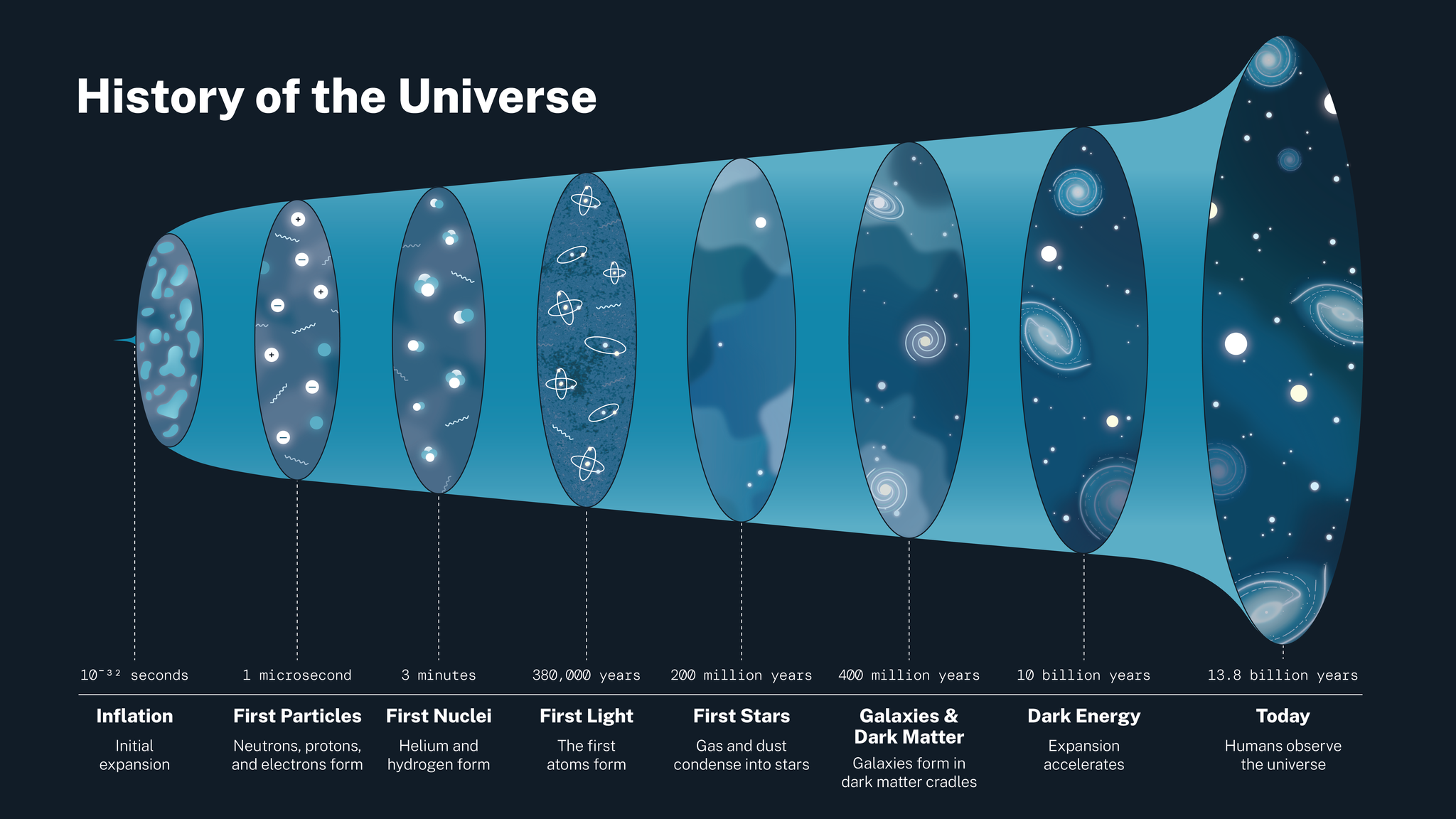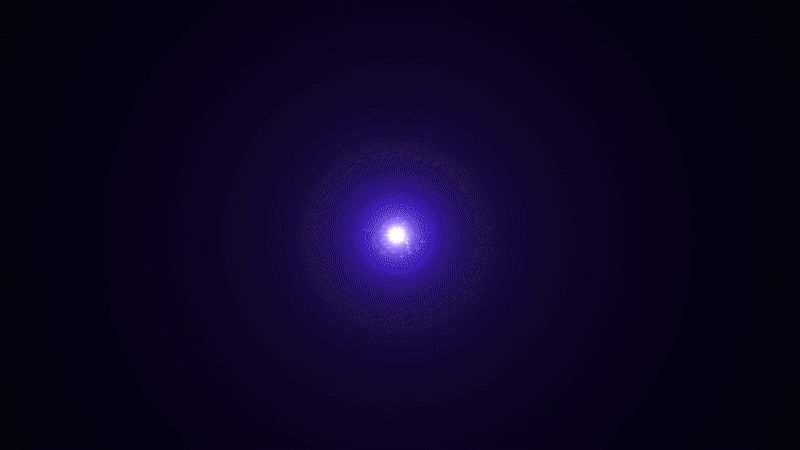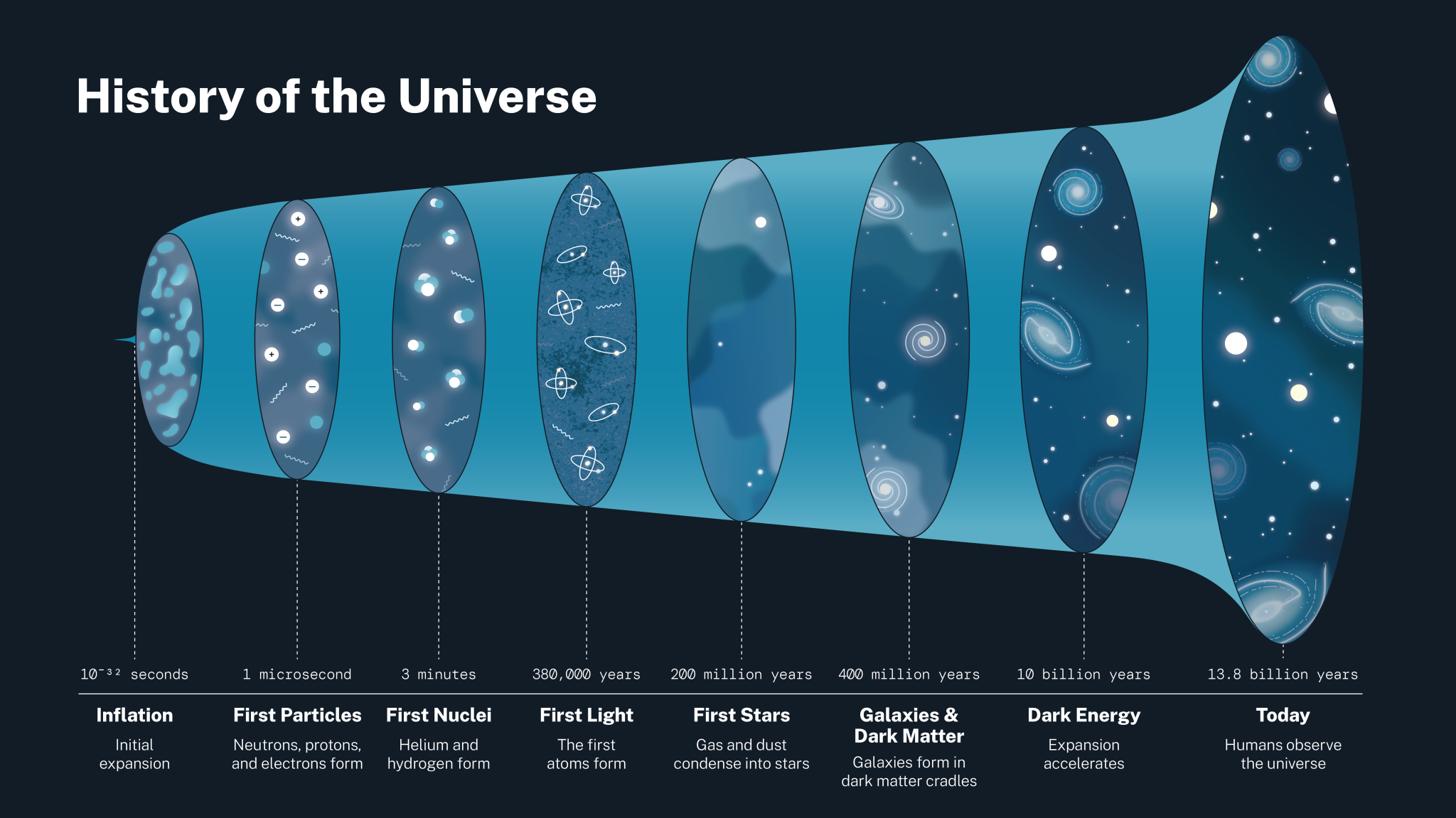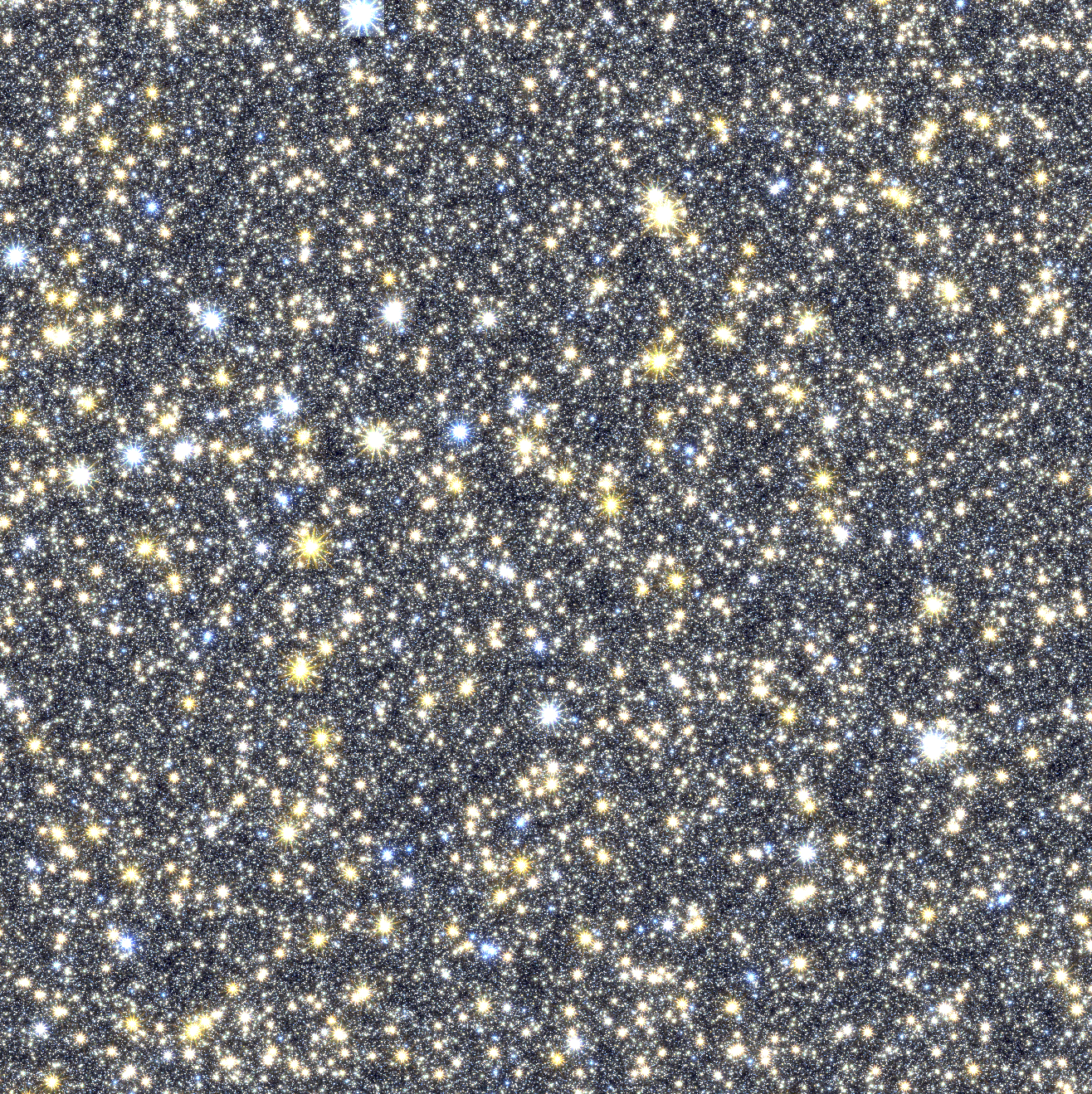The universe is ballooning outward as space itself stretches, perhaps under the force of a mysterious cosmic pressure known as dark energy.
Galaxies like our own are hurtling away from each other at an ever-increasing clip, swept apart by an unseen power. All the stars in our galaxy, the particles in our planet, and even the atoms in our bodies would immediately fly apart if they weren't held together by stronger forces.
Though weak on small scales, dark energy dominates across vast stretches of the cosmos. It makes up about 68% of the universe's total contents, but so far we don't know much more about it. In some ways, the mystery has gotten even more confusing as we've learned more — the latest and most thorough observations seem to show that the strange pressure is shifting over time, holding the fate of the universe in the balance. NASA’s Nancy Grace Roman Space Telescope will usher in a new era of dark energy exploration, potentially solving the mystery of its true nature.
The Picture So Far
1915: Einstein discovers expansion mathematically
Until the 20th century, most scientists believed the universe was static, remaining essentially unchanged throughout eternity. When Albert Einstein developed his general theory of relativity in 1915, describing how gravity acts across the fabric of space-time, he was puzzled to find that the theory indicated the cosmos must either expand or contract.
It was so counterintuitive that he made changes to preserve a static universe, adding something he called the "cosmological constant" even though there was no evidence it actually existed. This mysterious force was supposed to counteract gravity to hold everything in place.
1929: Observations show the universe is expanding
As the 1920s were coming to a close, Edwin Hubble made the startling discovery that with very few exceptions, galaxies are racing away from each other. The universe was far from static — it was ballooning outward. Einstein abandoned his cosmological constant, which he reportedly called his "biggest blunder."
Cosmic expansion means the universe was smaller yesterday, and smaller still the day before. Rewind the universe far enough and there must have been a time when everything was almost impossibly close together (and extremely hot). The theory that describes the expansion and evolution of the universe from this starting point became known as the big bang.
1965: Cosmic microwave background detection confirms the big bang theory
Decades later, Arno Penzias and Robert Wilson serendipitously discovered unexplained microwave radiation that matched a temperature of 3.5 Kelvin (-453 Fahrenheit, or -270 Celsius) coming from empty space — strange, since empty space should be absolutely cold, or 0 degrees Kelvin. This heat, leftover from the fireball from which the cosmos was born, confirmed that the universe did indeed begin in a big bang.
The universe's past became a little clearer, but the expanding cosmos naturally led people to wonder about its future. Would gravity slow down or even reverse expansion, making it collapse in a fiery "big crunch?" Or would the expansion continue forever, with galaxies growing farther and farther apart as the universe gradually fades to an icy black?
1998: Astronomers discover cosmic acceleration
Then astronomers made a surprising discovery that suggests neither of those explanations is quite right. Starting about 6 billion years ago, the universe's expansion began speeding up. Hubble Space Telescope observations of distant exploding stars helped show that the universe actually expanded more slowly in the past than it does today.
Is some form of unknown (“dark”) energy speeding it up, or is our understanding of gravity at the largest scales slightly off? Or is it a combination of the two?
2001-2013: WMAP and Planck missions precisely map the cosmic microwave background
Astronomers studied tiny temperature fluctuations in the afterglow of the universe's fiery birth, revealing how matter and energy were spread out in the early universe. By mapping these patterns, scientists measured the universe's shape and age, and estimated how fast it should expand over time.
These observations revealed a problem: Our standard model of cosmology –– a mathematical framework that describes how the universe has evolved over time –– can’t bridge the gap between cosmic past and present. Either our standard model isn’t quite right, or we need to add a new energy component to explain why the cosmos is expanding faster than expected. This seemed to confirm the existence of a cosmological constant.
Today: Recent studies suggest cosmic acceleration may not be constant
To figure out whether dark energy truly exists (and, if so, what it actually is), scientists are studying how it behaves. But it seems the more we learn about the mystery, the more perplexing it becomes. Recent results hint that dark energy may be changing over time in ways we don't yet understand.
The next wave of dark energy missions will search for clues by mapping galaxies and watching how they move, grow, and bend light to track expansion more precisely over longer stretches of cosmic time.
Together, Roman, Rubin, and Euclid will usher in a new era of dark energy discovery.
When Roman opens its eyes to the cosmos, its large field of view and crisp infrared vision will help scientists collect a treasure trove of valuable data. The mission will use several different measurement techniques to test our model of the universe between early and modern periods, with each method cross-checking the others.
The recent discovery that dark energy may be evolving could mean that dark energy began influencing the universe’s expansion earlier than scientists thought. Roman will explore cosmic expansion during earlier epochs, providing unique information that remains shrouded from other telescopes.
This could confirm whether dark energy is really changing over time and offer clues to explain such unexpected behavior.
Baryon Acoustic Oscillations
Roman will detect vestiges of sound waves, called baryon acoustic oscillations (BAOs), that once rippled through the primordial cosmic sea. The mission’s observations could extend these measurements into an unprobed epoch, which will help astronomers trace the evolution of the universe.
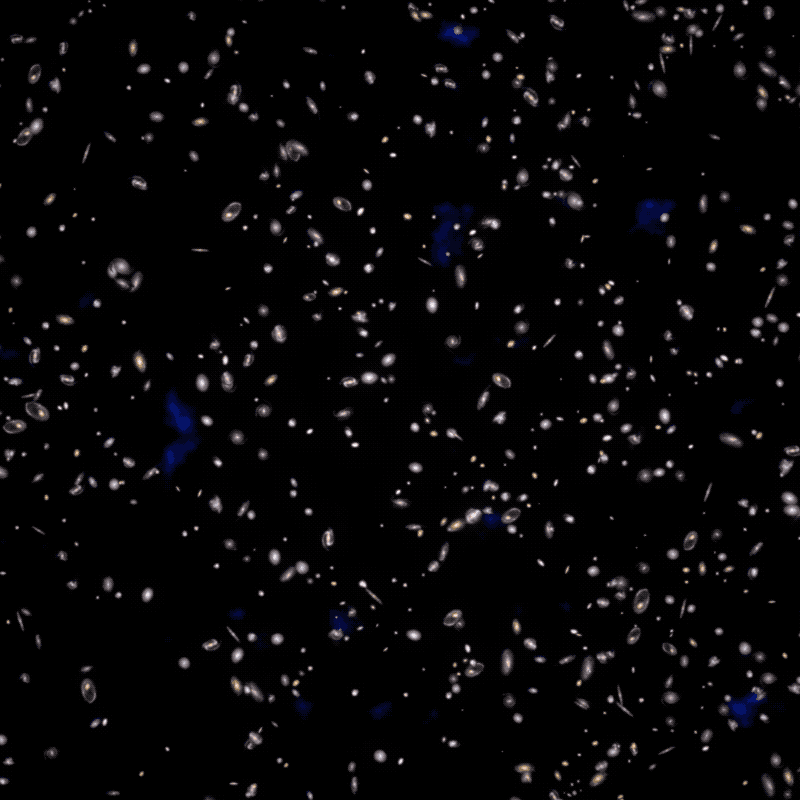
Type Ia Supernovae
Roman will see thousands of exploding stars called supernovae across vast stretches of time and space. Using these observations, astronomers aim to shine a light on several cosmic mysteries — primarily dark energy.
Weak Lensing
Roman will study how the universe’s web of matter has evolved by measuring how gravity subtly bends the path of light across vast distances. This warping reveals clues about the distribution of dark matter and the universe’s accelerated expansion.
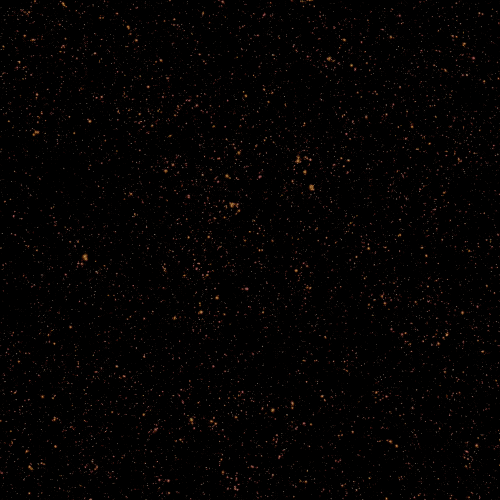
Roman's sweeping surveys will reveal tens of thousands of exploding stars and hundreds of millions of distant galaxies, tracing the expansion of the universe across nearly all of cosmic history. It will help fill in the gaps between the early universe and relatively modern times, potentially identifying when dark energy began weakening.
So far, the nature of dark energy has remained elusive. While recent findings seem to suggest its power is changing over time, there's enough uncertainty in the data that it could still go either way. Maybe our standard model of cosmology is in for an update, or maybe it's fine as-is after all.
Combining Roman's data with Rubin's and Euclid's should present a clearer picture, finally revealing which is correct and homing in on cosmic eras where the universe was in flux. As these missions probe the history of the expansion and growth of the universe and tackle some of the biggest mysteries ever known, they will bring us closer to understanding the cosmos and our place within it.
What is Dark Energy? Inside our accelerating, expanding Universe
Some 13.8 billion years ago, the universe began with a rapid expansion we call the big bang. After this initial…
Read the Story